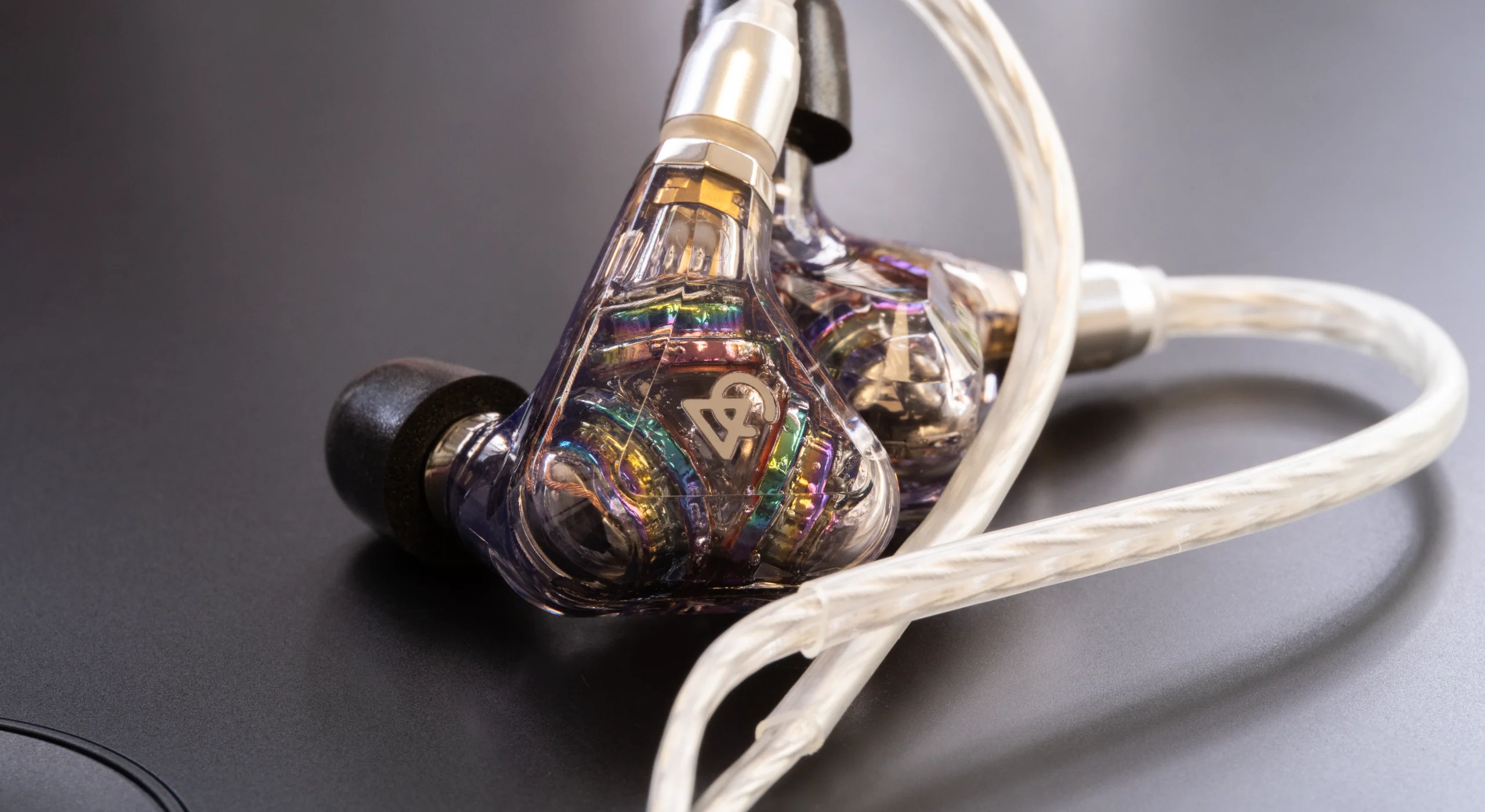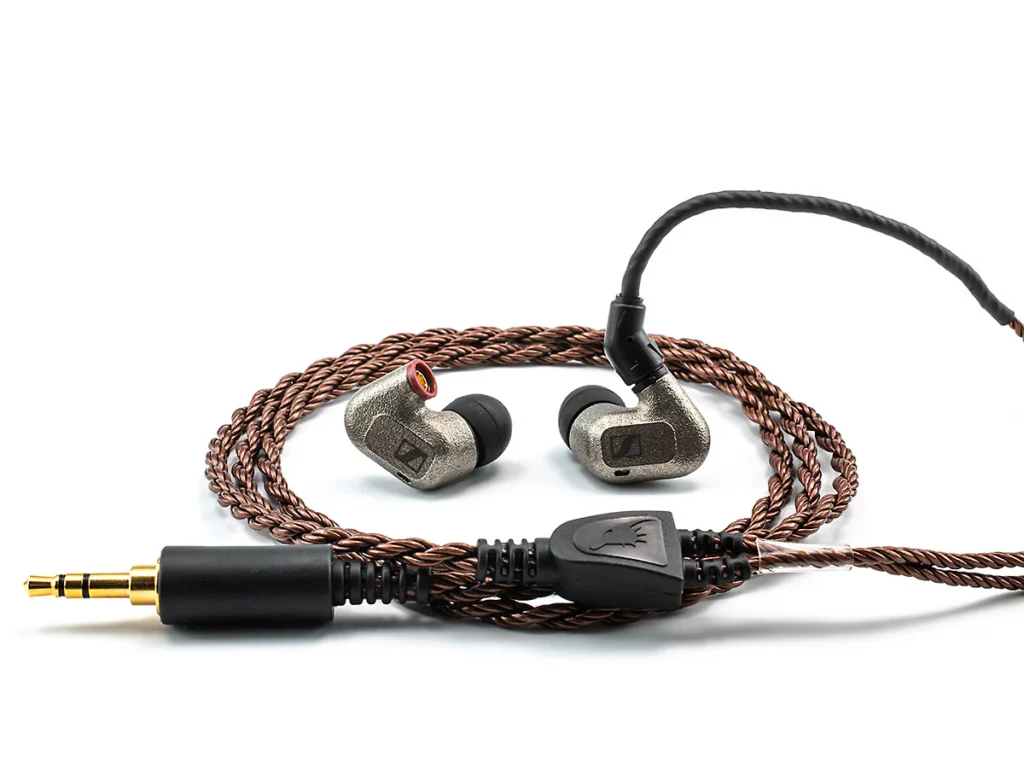The evolution of personal audio playback has moved from large, burdensome equipment to unobtrusive, powerful alternatives. Over-ear headphones or big speaker systems were used for decades to achieve high-fidelity sound. Introducing and evolving in-ear monitors (IEMs) changed the paradigm. These little audio miracles provide excellent sound in a little container, therefore representing the height of audio engineering. Their relentless search for clarity, accuracy, and fully immersive listening has changed audio consumption for leisure as much as for professional monitoring. This breakthrough sets new standards for portable types of earphones.
From Stage to Studio
Professional audio, particularly live performances, inspired in-ear monitors. In the midst of amplified sound, musicians needed a method to hear their instruments and vocals without heavy, feedback-prone floor monitors. Early attempts used modified hearing aids, but custom-molded devices for each performer’s ear canal quickly appeared. This customized fit improved sound isolation and gave the musician precise, consistent acoustic feedback. Technology matured, bringing benefits beyond the theater. Recording engineers used IEMs for critical listening in studios because of their accuracy and ability to expose mix nuances. Their popularity began when they moved from professional to general use.

Designer Innovations
From simple earpieces to advanced in-ear monitors, various design advancements have enhanced performance and accessibility. These innovations have changed how sound enters the ear canal, resulting in a variety of options:
- Originally reserved for professional equipment, custom-molded shells maximize comfort and sound insulation. This custom method offers a precise seal for bass response and sound blockage.
- To make IEMs more accessible, producers created universal-fit designs with multiple ear tip sizes and materials (silicone, foam) to seal most users. This innovation gave consumers sound insulation and better audio.
- Like small loudspeakers, these have strong bass.
- Originally designed for hearing aids, these tiny, efficient drivers reproduce specified frequency bands precisely, allowing multi-driver combinations.
- Using dynamic and balanced armature drivers to provide a rich, detailed sound.
- Advanced crossover networks direct specific frequencies to the right drivers in multi-driver IEMs, producing a consistent and articulate sound across the frequency range.
- Many modern designs have detachable cables for easy replacement or upgrading to other cable materials for sound or specialist connections. Many types of earphones have allowed IEMs to satisfy everyone from casual listeners to audiophiles.
Acoustic Quality
The best part about in-ear monitors are their sound quality. IEMs seal the ear canal, unlike headphones. This seal filters most ambient noise, therefore enabling listeners to hear the whole spectrum of frequencies and sensitive details in their audio material even in busy surroundings. Tighter bass, clearer mid-range vocals, and crisper treble follow from this to produce an immersive and analytical listening experience that equals bigger audio systems.
Broad Appeal
Audiophiles love their realistic sound reproduction, which lets them hear tones in their favorite songs. Noise isolation turns busy public venues into quiet listening environments, which commuters and travelers like. Since they are small and portable, casual listeners like them for daily activities and workouts. They provide immersive soundscapes for gamers. For anyone wanting quality sound in a compact and inconspicuous container these are a top choice due to their versatility and performance.



